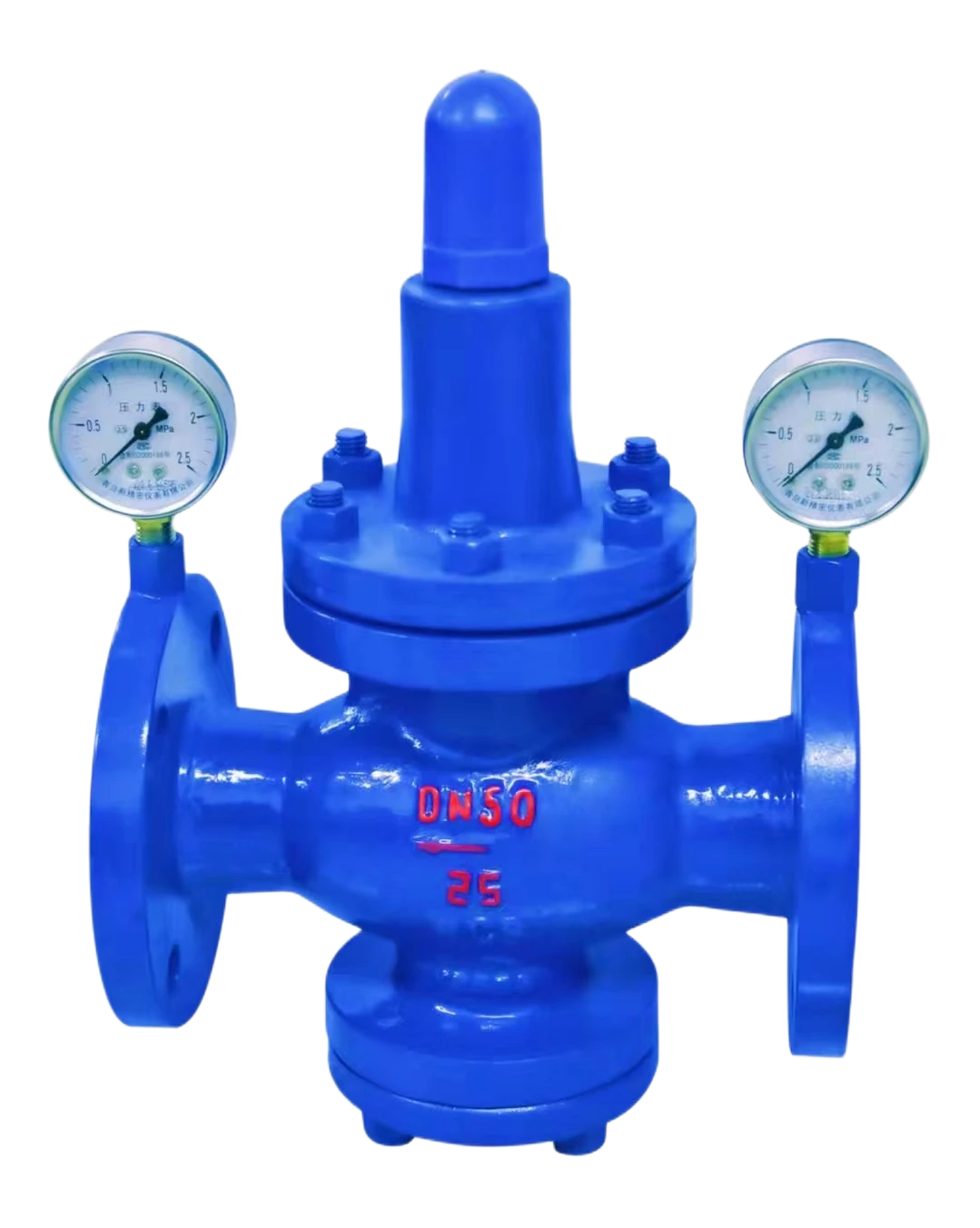Innovative Indoor Bicycle Storage Solutions for Small Spaces and Urban Living
The Evolution and Importance of Interior Bike Racks
In recent years, cycling has surged in popularity as a sustainable mode of transportation and a healthy lifestyle choice. With cities becoming more congested and the quest for greener solutions intensifying, the use of bicycles is on the rise. As more people choose biking over driving, the demand for appropriate storage solutions within urban spaces becomes crucial. One effective way to meet this demand is through the implementation of interior bike racks in residential and commercial buildings.
What Are Interior Bike Racks?
Interior bike racks are storage options designed to safely hold bicycles indoors. They vary in style and functionality, ranging from simple hook systems to elaborate multi-tiered racks that can accommodate several bikes in a compact space. The primary goal of these racks is to provide a secure and accessible place for cyclists to store their bikes, protecting them from theft and the elements while keeping indoor spaces organized.
The Benefits of Interior Bike Racks
1. Space Optimization Urban living often comes with limited space. Interior bike racks can be installed in entryways, garages, basements, and even larger residential units, maximizing floor space while providing dedicated areas for bike storage. By selecting roof-mounted, wall-mounted, or freestanding racks, homeowners can customize their storage solutions without sacrificing valuable living space.
2. Safety and Security One of the most significant concerns for cyclists is the risk of bike theft. Interior bike racks provide a level of security that outdoor racks cannot offer. By keeping bikes indoors, owners significantly reduce the chances of theft and vandalism. Additionally, interior storage protects bicycles from weather-related damage, extending their lifespan and maintaining their quality.
3. Promoting Cycling Culture Offering interior bike racks can encourage more people to embrace cycling. When individuals have a convenient and secure place to store their bikes, they are more likely to use them regularly. This shift can positively impact urban traffic patterns, reducing congestion and pollution while promoting a healthier lifestyle for the community.
4. Enhancing Property Value For property owners and developers, installing interior bike racks can be a valuable investment. As more people seek bike-friendly living spaces, buildings that offer such amenities can stand out in the real estate market. This enhancement attracts tenants and buyers who prioritize eco-friendly transportation options, potentially increasing property value and rental income.
interior bike rack

Implementing Interior Bike Racks
To effectively implement interior bike racks, property owners and facility managers should consider several factors
1. Space Assessment The first step is to conduct a thorough assessment of available spaces. Understanding the layout and flow of the building will help in selecting the most suitable locations for bike racks, ensuring ease of access for users.
2. User Needs Different cyclists have varying storage needs. For instance, families may require more robust options to accommodate multiple bikes, while single commuters might prefer simpler solutions. Engaging with potential users can help determine the best configuration and design.
3. Quality and Design Quality materials that can withstand wear and tear are essential for bike racks. Additionally, aesthetically pleasing designs can enhance the overall look of the property, making it more inviting for residents and visitors alike.
4. Promoting Awareness Once interior bike racks are in place, promoting their use is crucial. Through signage, newsletters, or community events, property managers can raise awareness about the benefits of cycling and how to utilize the racks effectively.
Conclusion
Interior bike racks play a vital role in supporting the growing trend of cycling as an urban transportation solution. By providing secure and convenient storage options for bicycles, these installations not only enhance the quality of life for cyclists but also contribute to broader environmental goals. As cities continue to evolve, the integration of interior bike racks into residential and commercial properties will be essential in fostering a culture of cycling and ensuring that the benefits of this eco-friendly mode of transport are readily accessible to all. Embracing this change can lead to a healthier community and a more sustainable future.
-
The Smarter Choice for Pedestrian AreasNewsJun.30,2025
-
The Gold Standard in Round Drain CoversNewsJun.30,2025
-
The Gold Standard in Manhole Cover SystemsNewsJun.30,2025
-
Superior Drainage Solutions with Premium Gully GratesNewsJun.30,2025
-
Superior Drainage Solutions for Global InfrastructureNewsJun.30,2025
-
Square Manhole Solutions for Modern InfrastructureNewsJun.30,2025
-
Premium Manhole Covers for Modern InfrastructureNewsJun.30,2025
